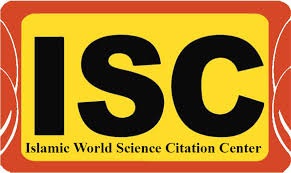Effectiveness of Eye Movement Desensitization and Reprocessing (EMDR) Therapy on Selective Attention and Creativity in Children with ADHD
Keywords:
Attention-deficit/hyperactivity disorder, selective attention, Eye Movement Desensitization and Reprocessing, creativityAbstract
Purpose: The present study aimed to examine the effectiveness of Eye Movement Desensitization and Reprocessing (EMDR) therapy on selective attention and creativity in children with ADHD.Methods and Materials: In this randomized controlled clinical trial, 60 children diagnosed with ADHD were randomly assigned to two groups: an EMDR treatment group (n = 30) and a control group (n = 30). The Stroop Color-Word Test (SCWT) and the Children's Creativity Questionnaire as rated by teachers (Saatchi et al., 2011) were administered at both pre-test and post-test stages. The experimental group received 12 sessions of EMDR therapy, each lasting 75–90 minutes, while the control group received no intervention during this period. The data were analyzed with ANCOVA using SPSS.Findings: Findings from the analysis of covariance indicated the effectiveness of the EMDR protocol in both components—selective attention and creativity (P < .001).Conclusion: Based on the results, it can be concluded that EMDR, due to its impact on reducing anxiety and fear-related somatic symptoms, can be effective in improving selective attention and enhancing creativity in children with ADHD.
Downloads
Downloads
Published
Submitted
Revised
Accepted
Issue
Section
License
Copyright (c) 2025 Mohammad Ebrahim Sarichloo, Simin Elmi, Mahdieh Sohrabi Beigzadeh Mahalleh, Milad SabzehAra Langaroudi (Author)

This work is licensed under a Creative Commons Attribution-NonCommercial 4.0 International License.










